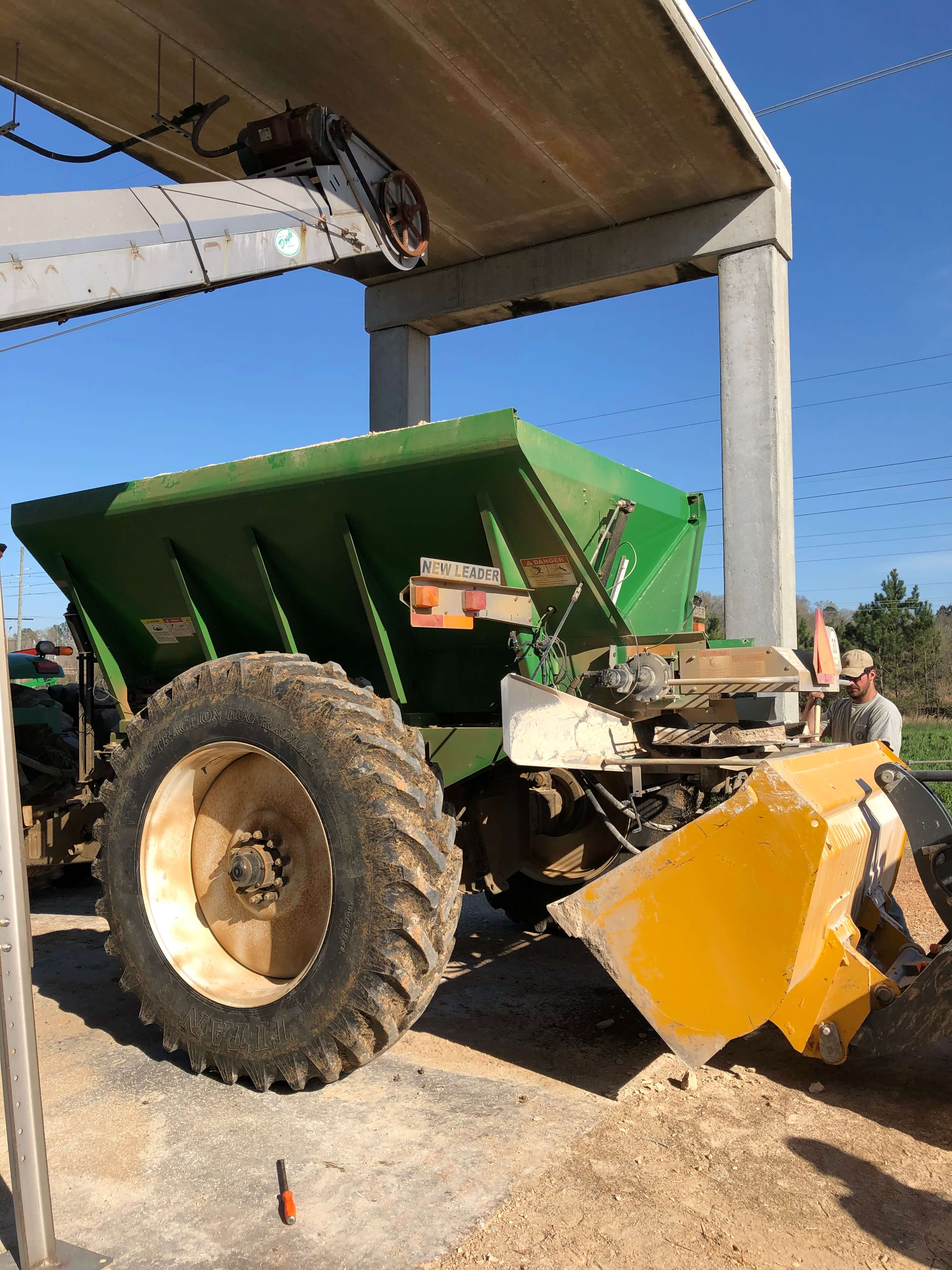Machinery Minute: Optimizing The Fertilizer Pass
May 01, 2022

Quality application of fertilizers is critical every year, but the spotlight is intense on this field-pass given current input costs this year. No matter the application system used, there are factors that make quality applications difficult to achieve (i.e., weather, humidity, terrain, etc.). However, accurate and precise application can be attained by regularly testing for calibration, uniformity, and machine maintenance.
Accurate application is achieved through routine calibration testing. It’s recommended that calibrations are checked bi-annually at a minimum. This process only takes a few minutes, and any rate-controlled system likely has a wizard that walks you through these steps. Perform rate calibrations anytime application components are swapped out during repairs. When performing a static test, target <5% error but keep in mind that most systems will have a degree of error depending on the amount of overlap in a respective field.
Precise applications can be attained by testing for uniformity. These tests should be performed multiple times throughout the growing season to prevent “streaking” of crops and potential yield loss in misapplied areas. Top-dress applications can be especially tricky due to the varying material properties of nitrogen fertilizers. Always perform a pan test on spinner spreader machines to check uniformity across the swath for each type of fertilizer applied. Bag testing should be done on air-boom machines to check for uniformity and rate calibration at each outlet. Sprayers should be checked at each nozzle for the target GPM to ensure uniformity and check for proper orifice sizes.
A well-maintained machine is at an advantage during the hustle of late spring and early summer. Fertilizer is naturally corrosive on mild steel, and no time of the year reveals this more than the hot, humid months of May and June. When possible, take the time to thoroughly wash fertilizer applicators at the end of every day and install preventative maintenance measures like denso tape, fluid film, and lubricants to keep components functioning properly.
Accurate application is achieved through routine calibration testing. It’s recommended that calibrations are checked bi-annually at a minimum. This process only takes a few minutes, and any rate-controlled system likely has a wizard that walks you through these steps. Perform rate calibrations anytime application components are swapped out during repairs. When performing a static test, target <5% error but keep in mind that most systems will have a degree of error depending on the amount of overlap in a respective field.
Precise applications can be attained by testing for uniformity. These tests should be performed multiple times throughout the growing season to prevent “streaking” of crops and potential yield loss in misapplied areas. Top-dress applications can be especially tricky due to the varying material properties of nitrogen fertilizers. Always perform a pan test on spinner spreader machines to check uniformity across the swath for each type of fertilizer applied. Bag testing should be done on air-boom machines to check for uniformity and rate calibration at each outlet. Sprayers should be checked at each nozzle for the target GPM to ensure uniformity and check for proper orifice sizes.
A well-maintained machine is at an advantage during the hustle of late spring and early summer. Fertilizer is naturally corrosive on mild steel, and no time of the year reveals this more than the hot, humid months of May and June. When possible, take the time to thoroughly wash fertilizer applicators at the end of every day and install preventative maintenance measures like denso tape, fluid film, and lubricants to keep components functioning properly.